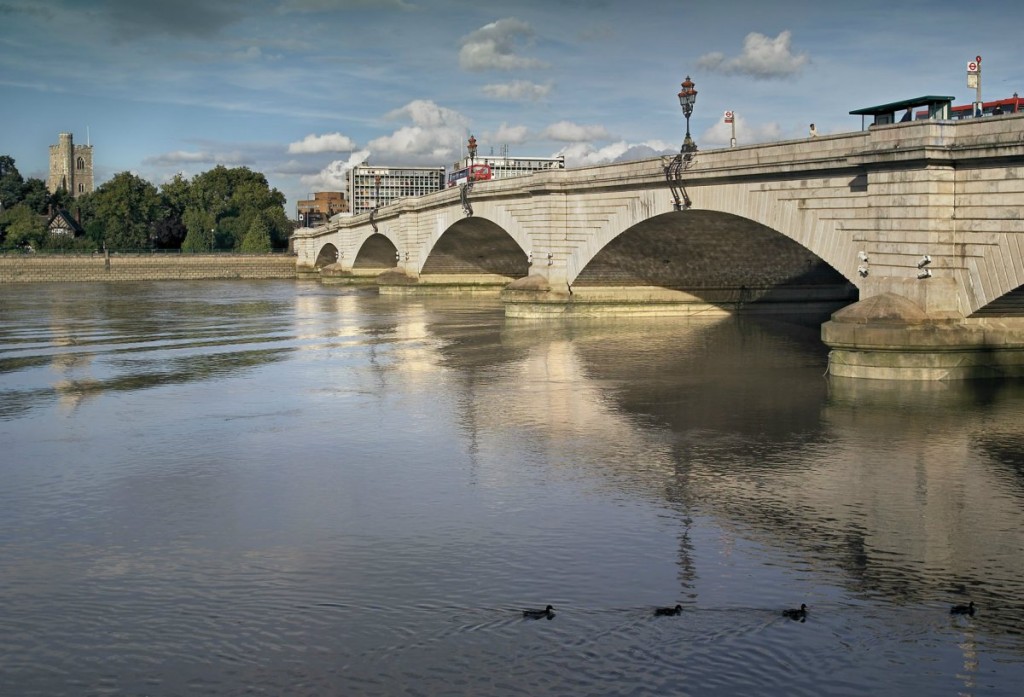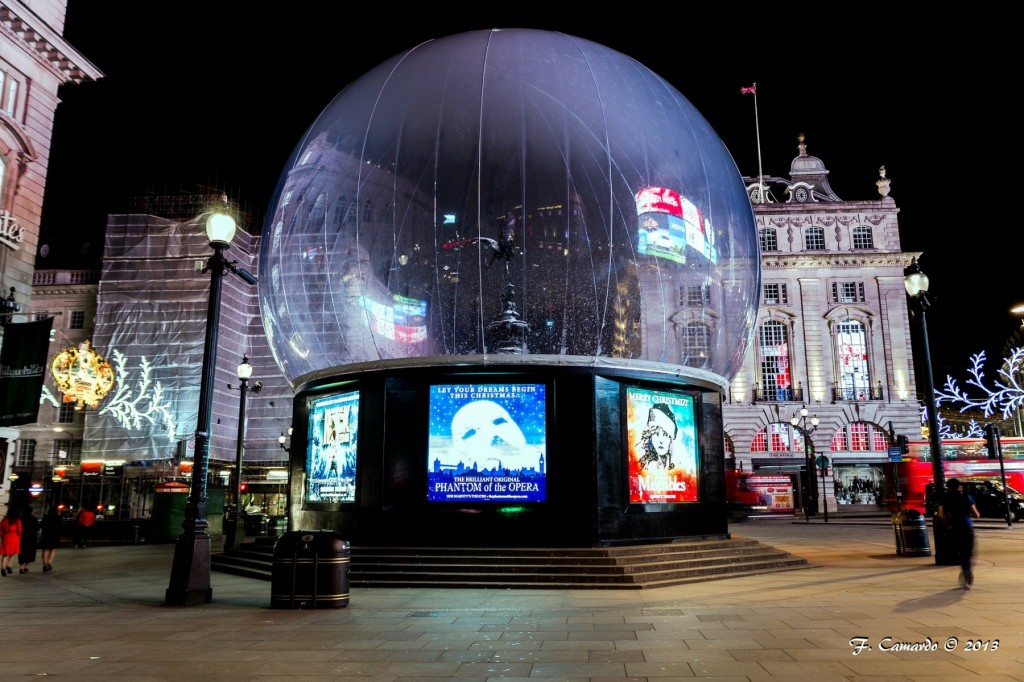Boris Johnson tells Taxi drivers to jump of Tower Bridge
In Boris Johnson’s speech at the Tory Party conference, he talked about taxi drivers protesting over the Olympic route network restrictions prior to the Olympic Games beginning. He said: “The taxi drivers were blockading the West End. One of them actually handed the keys of his cab to a police guy and jumped off Tower Bridge.
I wish some of the others could have done the same frankly but never mind.” Undoubtedly there will be drivers in the trade who would like Mr Johnson to take a running jump off Tower Bridge – or any other bridge of his choice. How can this be a helpful comment? Especially as just days before this comment, in a radio interview, Mayor Boris Johnson had apologised to taxi drivers and restaurant owners after their businesses were hit by the Olympics. Speaking on LBC 97.3, Boris Johnson denied claims that London became a “ghost town”, but said sorry to businesses whose trade was hit by the Games.
He told Nick Ferrari: “I’m not going to pretend it was a bonanza for everybody and for those that feel hard done by, I’m sorry for the losses or low takings they had. But the overall economic benefit to London of people around the world seeing a city that can deliver an amazing event like that so successfully was incredibly positive. If you look at the spend by tourists in the city, it was up overall. The economic impact of the Games is estimated to be massively positive.”














Social